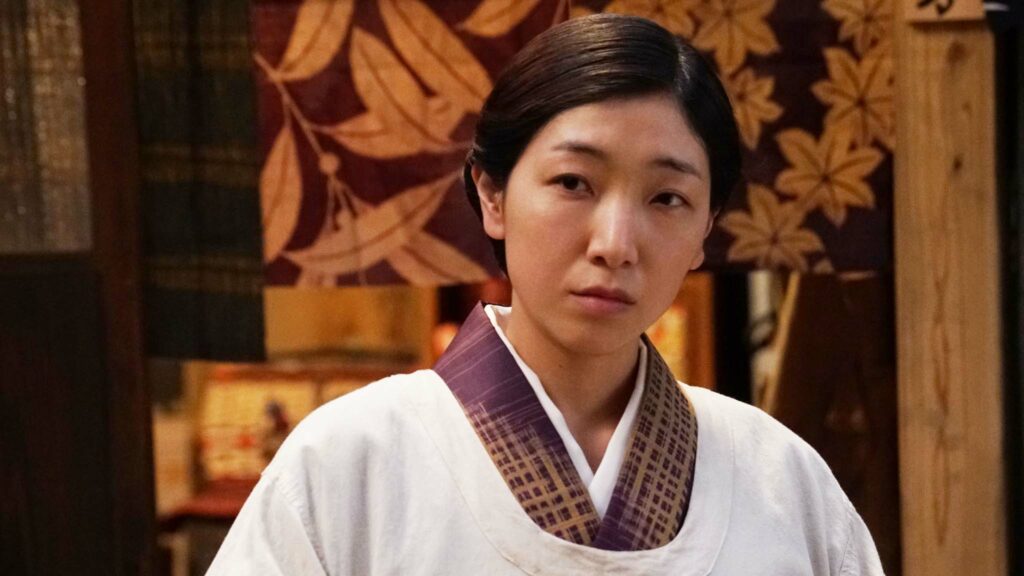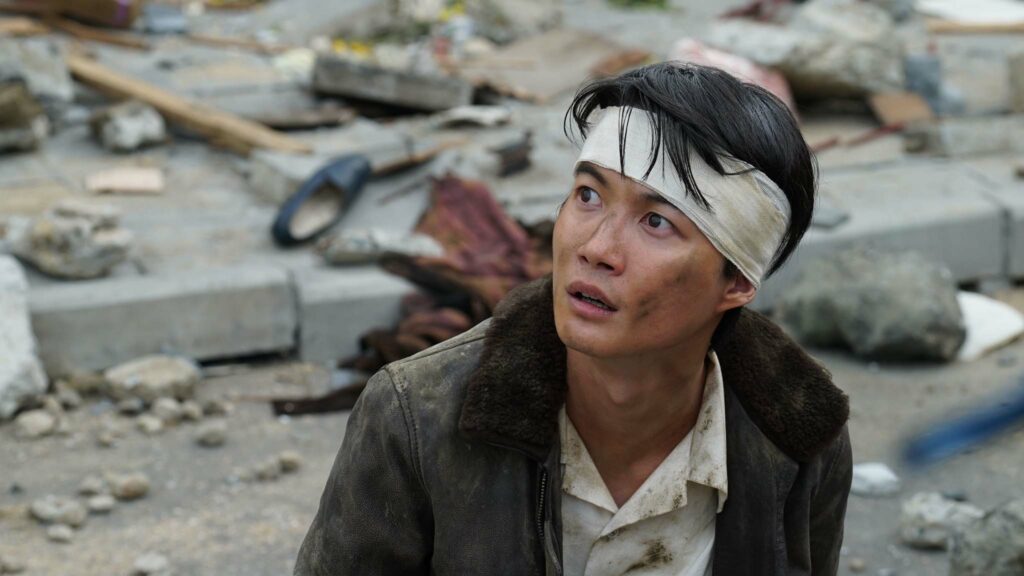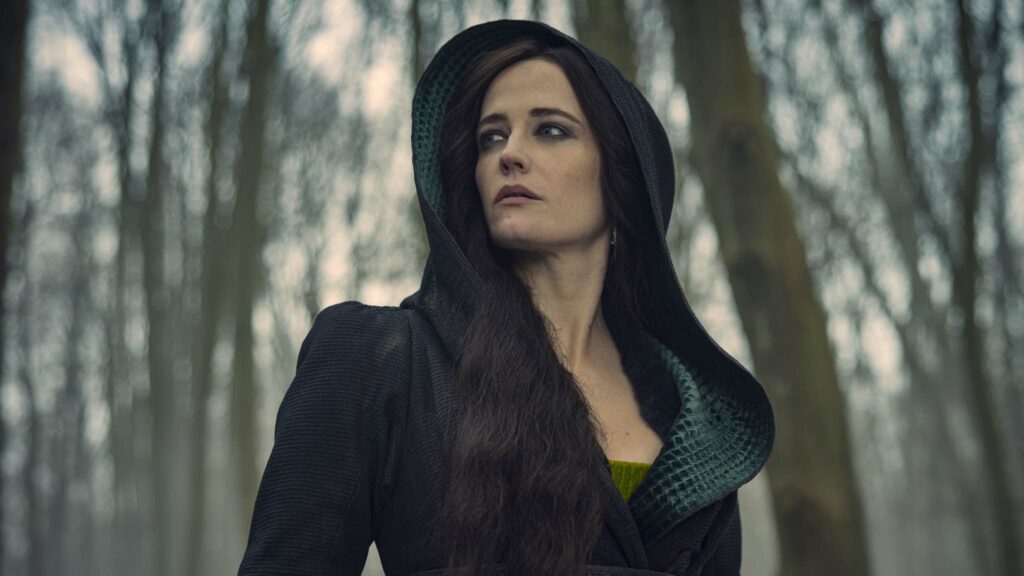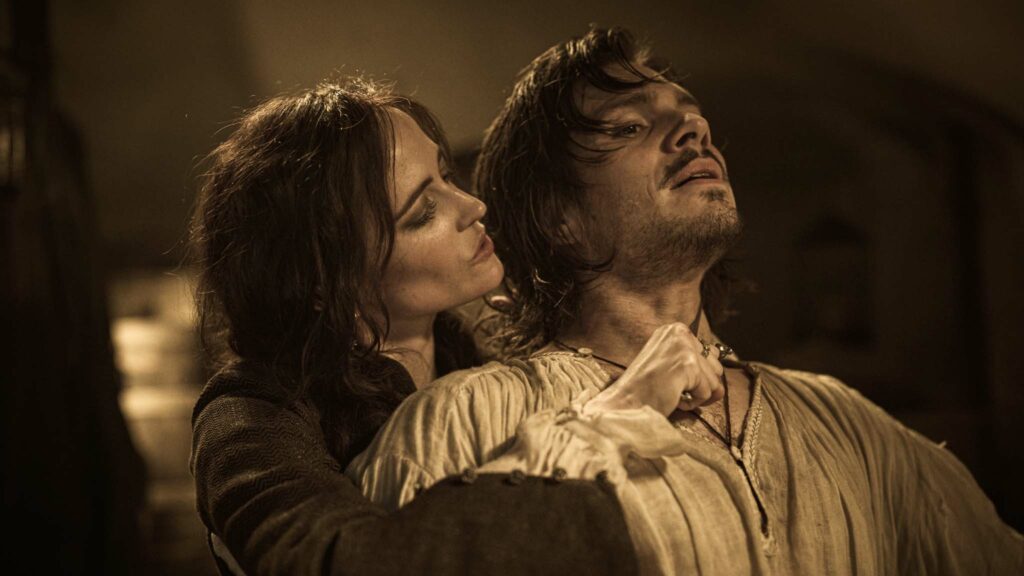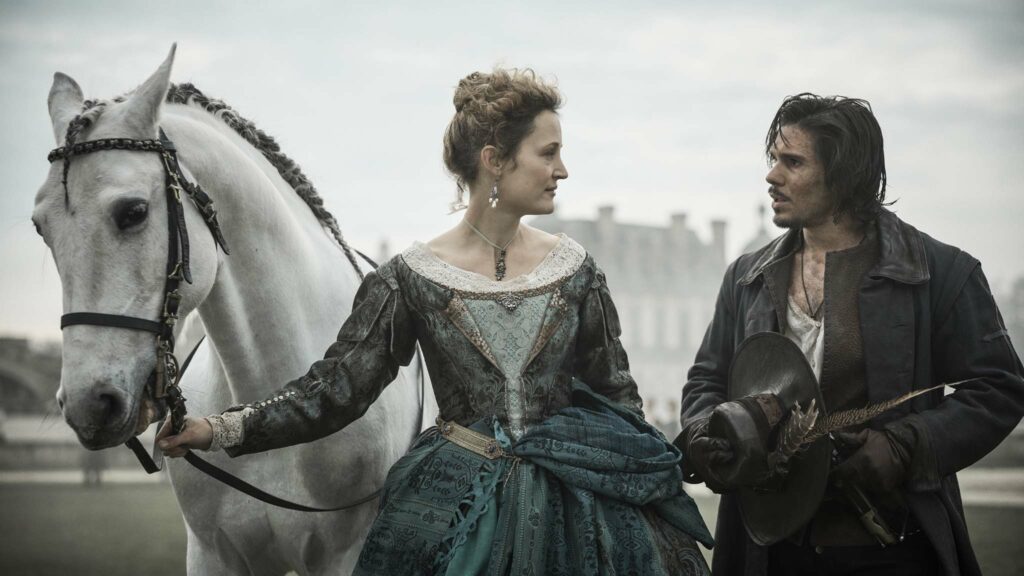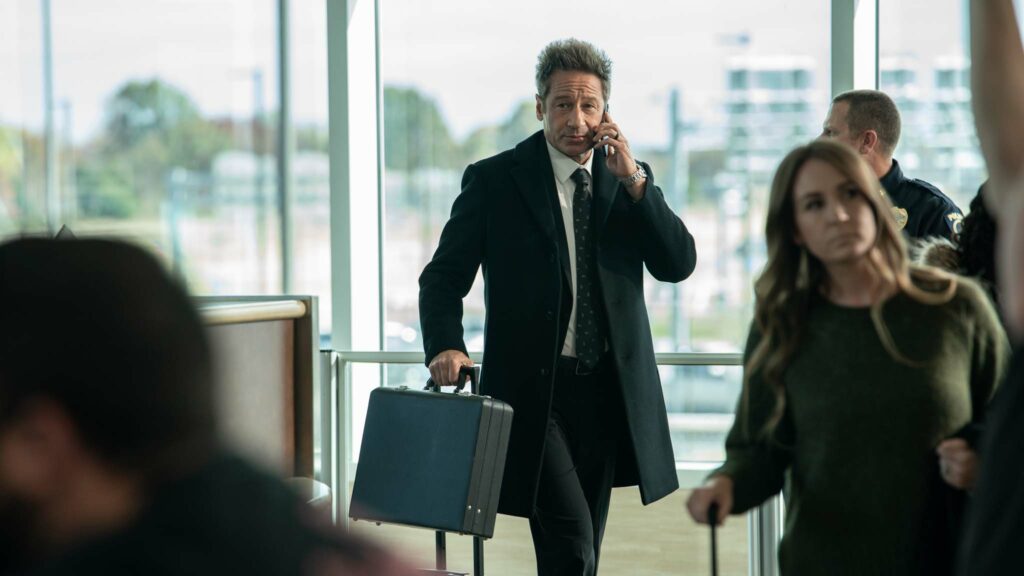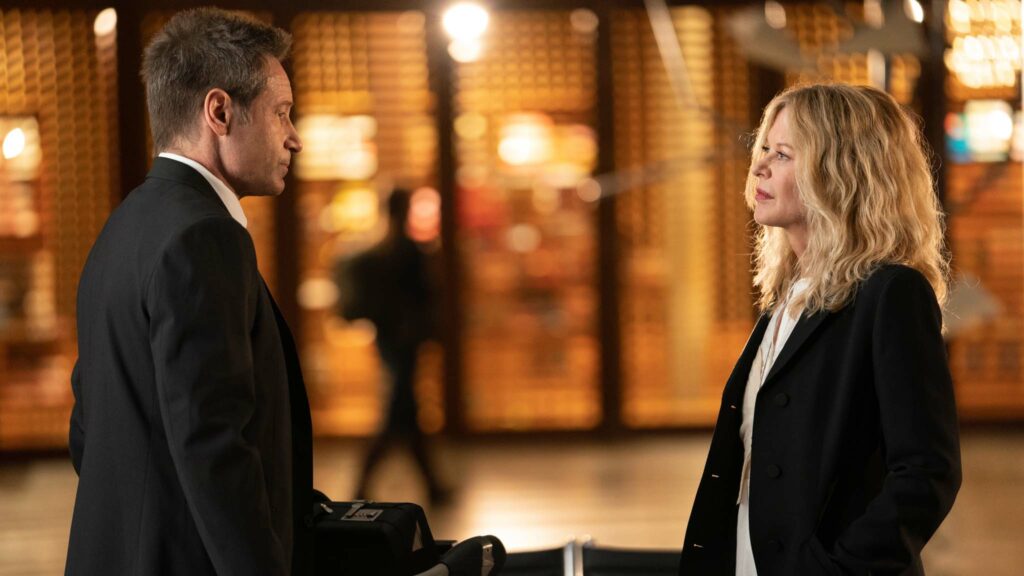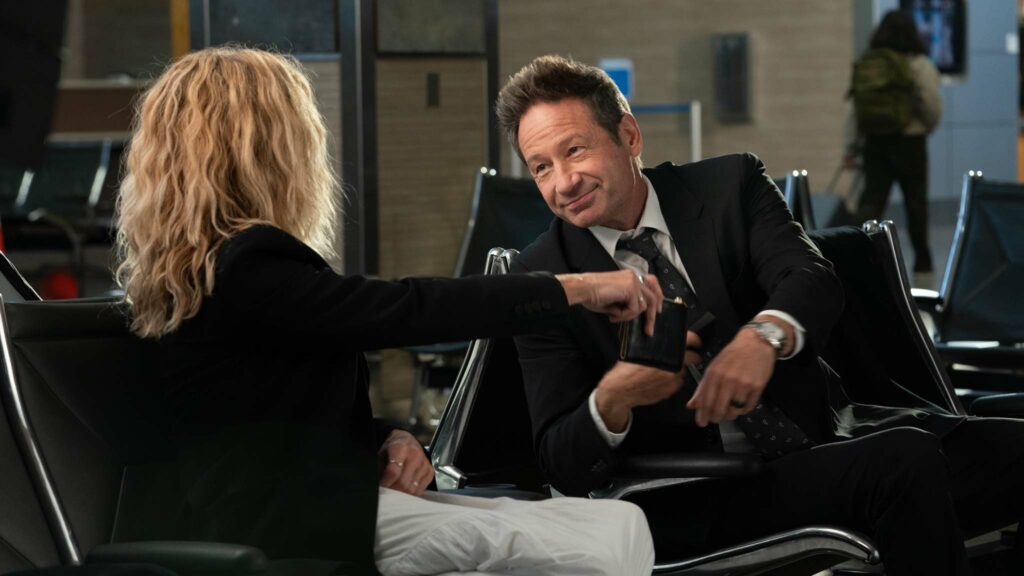Action
Godzilla Minus One (12A)
Review: To mark the impending 70th anniversary of Godzilla’s first rampage across the big screen, which lit a fuse on the longest continuously running film franchise in history (as recognised by Guinness World Records), award-winning writer-director Takashi Yamazaki revisits first sightings of the behemoth – or kaiju – in a battle royale on land and sea. Punctuated by visual effects sequences overseen by the filmmaker and Kiyoko Shibuya, Godzilla Minus One pits a ragtag group of former Japanese military men against the might of a dinosaur-like predator empowered with a heat ray following nuclear tests on Bikini Atoll.
Yamazaki wreaks large-scale devastation on a low budget including an attack on the Tokyo district of Ginza, where train passengers tumble to their demise as Godzilla rips carriages from tracks and decimates buildings that survived the air raids with angry swishes of its tail. Nationalistic fervour flows through the veins of an old-fashioned script that manages to be both spectacular and dramatically intimate, witnessing the rise of the hulking beast through the eyes of a chosen family of wartime survivors, who epitomise the resolve of the Japanese people. Inconsistent performances and uneven pacing undermine some of the quieter moments as characters wrestle with post-traumatic stress disorder but the titular terror is majestic throughout, with clear potential for Yamazaki to return to this monster-laden universe.
In 1945, opposing forces of the Second World War play their final hands and kamikaze pilot Koichi Shikishima (Ryunosuke Kamiki) lands on Odo Island off the Japanese mainland, claiming a technical malfunction with his aircraft. Before Koichi can complete his mission and restore his honour, Godzilla rampages across the military base, killing everyone except for the airman and Imperial Japanese Navy mechanic Sosaku Tachibana (Munetaka Aoki). Koichi eventually returns to the smouldering ruins of Tokyo where Allied bombs have killed his parents.
To numb his survivor’s guilt, the pilot clears mines from waters surrounding Japan aboard the Shinsei Maru, captained by Yoji Akitsu (Kuranosuke Sasaki). He also provides safe harbour for a homeless woman named Noriko (Minami Hamabe) and her adopted daughter (Sae Nagatani). “It’s a bit late to play the hero,” angrily remarks neighbour Sumiko (Sakura Ando). Her words rub salt into Koichi’s open wounds and he vows to avenge the fallen as part of a daredevil plan to slay Godzilla conceived by Navy weapons engineer Kenji Noda (Hidetaka Yoshioka).
Godzilla Minus One is an affectionate throwback to the 1954 picture Gojira, which famously used a performer in a suit on miniature sets to depict the creature’s capacity for destruction. Yamazaki’s iteration is more technically polished but still focuses on human stories in the eye of the storm and underlines the title character as a metaphor for the omnipresent threat of nuclear war to a bombastic score from returning composer Akira Ifukube. Some lessons bear repetition.
Find Godzilla Minus One in the cinemas
Action
The Three Musketeers: Milady (12A)
Review: Director Martin Bourboulon’s enthusiastic rifle through pages of Alexandre Dumas’s novel saddled up in April with the expertly choreographed sword fights of The Three Musketeers: D’Artagnan, introducing Francois Civil in the title role. Destructive elements with the French royal court appear to gain the upper hand in a breathlessly staged second chapter, which welcomes back mud-caked main cast including Eva Green as Milady de Winter, who miraculously survived her tumble off a cliff in the first film. She is a vampy delight and brandishes Milady’s sexuality as a weapon in deliciously heated scenes with Civil, extending the rough and tumble to bruising hand-to-hand combat in an inferno. You can feel the heat ripple off the screen.
Green snags some of the script’s most withering putdowns and one-liners like when Milady casually watches on horseback as D’Artagnan wrestles for his life with a blade-wielding assassin. “The ending was a bit drawn out,” she casually opines as he gasps for air. Technical virtuosity is undiminished with numerous thrilling sword fights, the storming of battlements and a death-defying leap into a moat (the camera follows close behind so we also experience gravity’s pull).
A handy montage summarises machinations of the opening salvo, which concluded with D’Artagnan (Civil) and Musketeer compatriots Athos (Vincent Cassel), Aramis (Romain Duris) and Porthos (Pio Marmai) thwarting an assassination attempt on King Louis XIII (Louis Garrel). The fingers of suspicion points to the Cardinal de Richelieu (Eric Ruf) as the mastermind. D’Artagnan regains consciousness from a blow to the head at the fortified chateau of Le Comte de Chalais (Patrick Mille), who is part of a conspiracy within the royal court to fan flames of civil war.
The young swordsman’s primary concern is locating his kidnapped sweetheart, the queen’s seamstress and confidante Constance (Lyna Khoudri). She is supposedly locked in the dungeon but Chalais’s prisoner turns out to be Richelieu’s seductive spy, Milady (Green). On the spur of the moment, D’Artagnan forges an uneasy alliance with his enemy to escape the chateau and unite with the Musketeers to protect the throne. Meanwhile, the King’s younger brother Gaston (Julien Frison) chomps at the bit to lead French troops into glorious battle.
The Three Musketeers: Milady is a rip-roaring romp that dovetails elegantly with the instalment dedicated to D’Artagnan. Screenwriters Matthieu Delaporte and Alexandre de La Patelliere unravel tangled subplots from the first film, expanding Richelieu’s vice-like grip on affairs in Paris and Athos’s devotion to his orphaned son. Aramis and Porthos are largely surplus to requirements and operate as comic relief. Bourboulon’s directorial brio energises every clash of blades and flurry of fists with an emphasis on physical stunts and effects. After almost four hours combined in the company of Dumas’s conflicted characters, I am hungry for more.
Find The Three Musketeers: Milady in the cinemas
Comedy
What Happens Later (15)
Review: Towards the conclusion of Meg Ryan’s second directorial feature, a rom-com dedicated to the memory of When Harry Met Sally… screenwriter Nora Ephron, David Duchovny’s exhausted businessman loses patience with the droll public address system at the Midwestern airport where he has been stranded by a snowstorm. “What’s the joke? What’s the point?” he rages into thin air. We could justifiably ask the same questions of What Happens Later, a dramatically uneven two-hander adapted from Steven Dietz’s stage play Shooting Star, which engineers a meet-cute between ex-lovers at “some little regional airport”, 25 years after they last saw each other.
Ryan and Duchovny’s old flames – wiser, crankier and still emotionally tethered to each other – remonstrate and reminisce as the tannoy announcer (Hal Liggett) issues generic advice about missed connections that directly references characters’ current states. Airport signage magically dispenses guidance to the bickering duo as night falls and flurries of snow provide a picturesque backdrop to sweet yet contrived vignettes. Consequently, we are treated to a dreamy, prolonged sequence of the reunited lovers driving around a deserted terminal late at night in a customer services cart and dancing along a corridor to Lightning Seeds’ euphoric anthem Pure as if no-one else is watching. Appealing screen chemistry between Ryan and Duchovny can’t convince us to care about whether their 50-something singletons should fasten seatbelts for a second chance at something meaningful.
Businessman Bill (Duchovny) is bound for Austin for a meeting with his boss but bad weather strands him at the same airport as wellness practitioner Willa (Ryan), en route to Boston to perform a cleansing ceremony on a newly-divorced gal pal with her omnipresent rainstick. Fittingly, they are headed in opposite directions. Outside, the weather is frightful and inside the terminal, the temperature is initially lukewarm as the couple trade pleasantries and open old wounds.
Bill discloses he has been diagnosed with anticipatory anxiety and laments the disarray of the modern world (the ubiquity of plastics, the death of print journalism). “It’s kind of a buzz-kill, Bill,” replies Willa, who nurses her own regrets about the past and unfulfilled dream of raising a large family in a cabin in the woods. As the unscheduled layover stretches into the night, Bill and Willa lower their guards.
Co-written by playwright Dietz, Ryan and Kirk Lynn, What Happens Later shoots for the wistful self-reflection and introspection of Richard Linklater’s Before trilogy but something gets lost in transit. The film’s stage origins are evident but Ryan generates kinetic energy from two shooting locations (Crystal Bridges Museum and the Northwest Arkansas National Airport) to give the impression that characters are in motion while, in truth, they are stuck in a rut. Alas, we get bogged down with them.
Find What Happens Later in the cinemas


